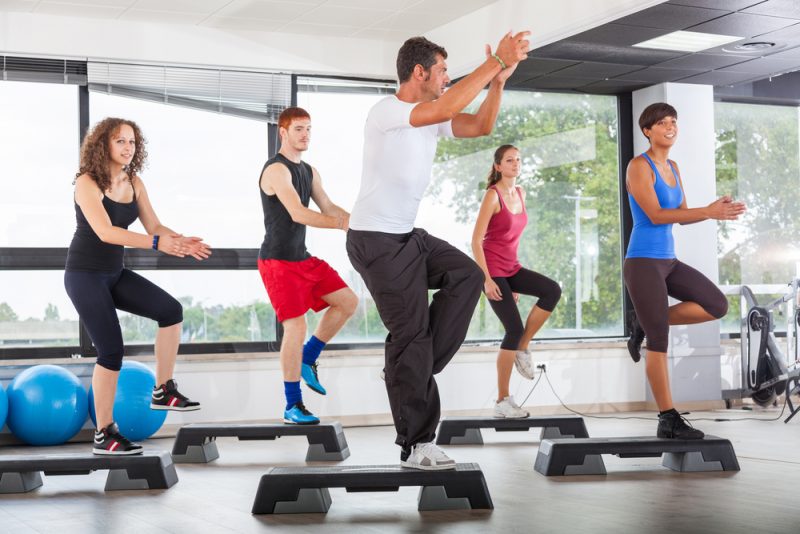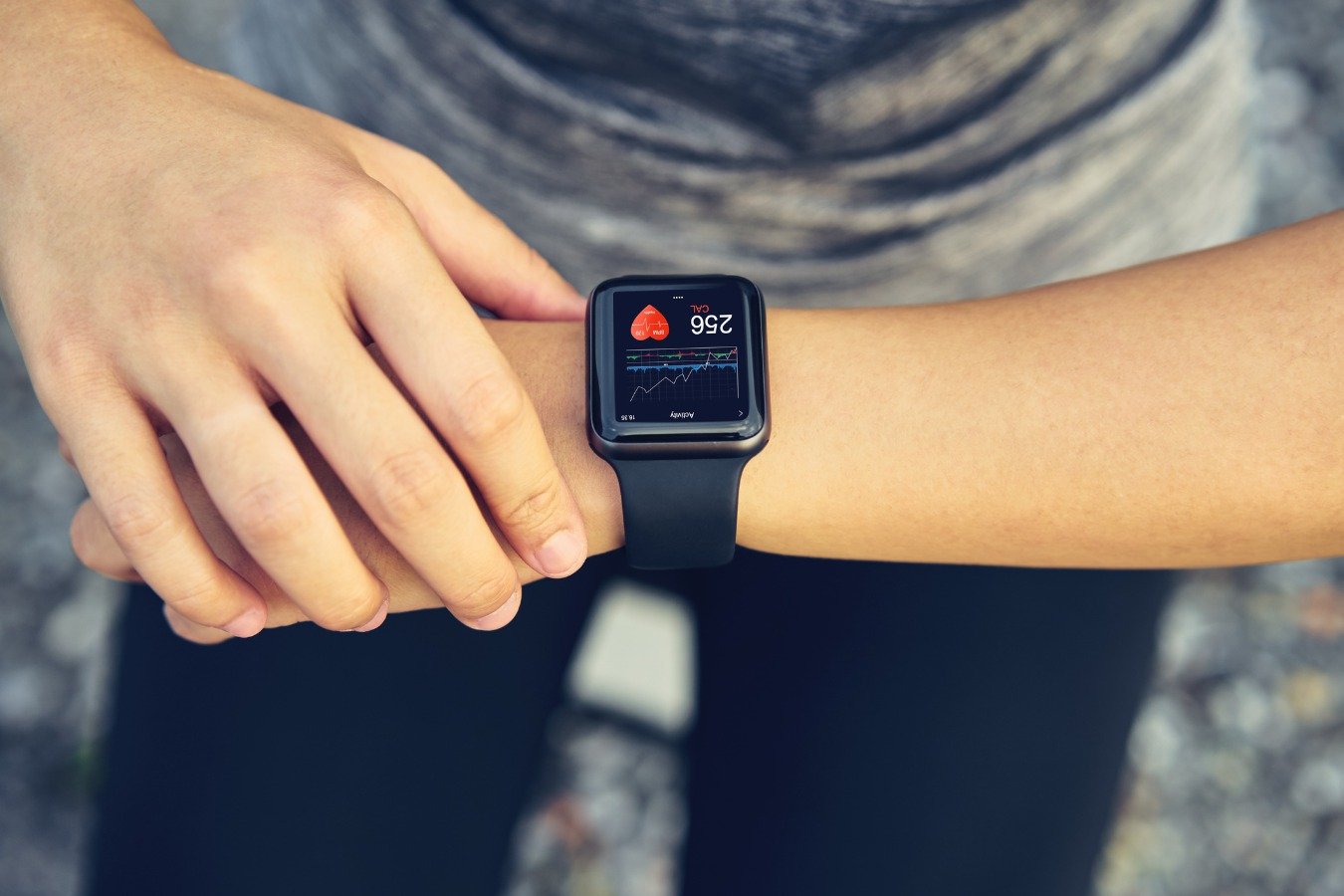In order not to harm your heart and blood vessels while exercising, it is necessary to choose the type of exercise carefully and to increase the load gradually. This way the body can get used to the changes in everyday life.
According to the recommendations of the World Health Organization, even if you can not do sports because of illness (for example, if you have been diagnosed with cardiovascular, hormonal or other pathologies), you should try to include physical activity in your life and slowly increase the number of different exercises – it is much better for the cardiovascular system than a sedentary lifestyle.

How do I know if my body is ready for physical activity?
To find out if your body is ready for sports, people with health problems need to see a doctor. Any physical activity requires the right approach, consistency and understanding of one’s own body in order to control the load.
If a person is exhausted physically or emotionally, feels unwell, is overweight or has any other pathologies, improperly chosen physical activity can harm and complicate the state of health.
Should I have a heart exam before I start working out?
Before you start exercising, you should have a heart exam in several cases:
- In the presence of cardiovascular disease. It is better to start training only after a thorough examination by a cardiologist.
- Cardiologist will determine the state of the heart and blood vessels, choose therapy and a moderate load, which will strengthen the cardiovascular system;
- If a person is preparing for significant physical activity (marathon race, lifting heavy weights and the like). Additional studies conducted by the doctor will help find out if excessive efforts will not harm blood vessels and the heart;
- If you have any discomfort (chest pain, shortness of breath, rapid or “freezing” pulse, dizziness). You need to determine the cause of the alarming symptoms and establish the level of exercise, which will be useful and will not lead to a worsening of the condition.
You may consult a general practitioner, who, depending on the results of the examination, will refer you to a neurologist, endocrinologist or cardiologist. Additional examinations may be required to help determine the medical condition:
- cardiogram;
- General blood test;
- hormone tests;
- ergospirometry – check the condition of the heart muscle at rest and under load (necessary in the case of preparation for significant sports activities).
Why do heart rhythm disturbances occur?
Heart rate disturbances may occur for various reasons, the main reason being the wrong approach to training, lack of warm-up and cooldown, too difficult exercises. Also, the change in heart rate depends on:
- physical condition. A novice athlete has a higher heart rate (HR) than an experienced one;
- weight. The greater the body weight, the more intensely the heart works;
- bad habits. Alcohol and smoking (even passive) can accelerate heart rate;
- emotional state. Elevated or depressed mood increases heart rate;
- Fatigue. A short period of time after a previous workout can cause arrhythmia;
- The temperature of the air in the gym;
- the intensity of your movements during your workout.

Heart rate is an important marker for determining exercise performance. At rest, a pulse rate of 60 to 90 beats per minute is normal. During exercise, your pulse rate increases as the body responds to your organs’ need to increase oxygen levels in the blood. By monitoring your heart rate, you can tell when exercise is not enough and when you should reduce the intensity of your exercise to restore your heart rate.
What is the optimal heart rate for a novice athlete?
The optimal heart rate for a novice athlete is determined before you start training. A rough formula for determining maximum heart rate is 220 (men) / 226 (women) minus age = maximum exercise heart rate (HR). However, for novice athletes, the heart rate should be 40-85% of the maximum rate. A higher heart rate will result in exhaustion and symptoms of overtraining:
- Constant weakness and fatigue;
- lack of positive changes from training;
- heart rhythm disturbances;
- mood swings;
- lack of desire to continue exercising.
Heart rate is not the only indicator to rely on during training. It is necessary to take into account the presence of diseases, your own weight, how you feel during the workout, and your physical fitness.
It is possible to determine the intensity of a workout without using a formula. The workout should be at a level of exertion at which a person can maintain a short conversation. But if you manage to carry on a long conversation without shortness of breath, you should increase the intensity of the exercise.
For people who just start exercising, the first two weeks are recommended to exercise under the supervision of a trainer. The intensity of exercise should not be too high, so that the heart rate does not exceed 150 beats per minute. Subsequently, with the development of endurance, you can increase this figure to 180 beats.
Fifteen minutes after completing the class, your heart rate should return to pre-training levels. This will indicate that the load is chosen correctly.
Why is a high heart rate dangerous?

A high heart rate is dangerous because of the risk of passing out. Dizziness, nausea, and general deterioration are possible during too intense exertion with a high heart rate. If you have the above symptoms, you should pause, lower your heart rate to 80-90 beats per minute and drink sweet tea to raise blood sugar levels. This will restore energy and fill the body with carbohydrates, which were spent during the workout.
At what signs should I urgently see a cardiologist?
You should see a cardiologist urgently at the first signs of feeling unwell. Among the symptoms that may indicate deterioration of the heart and blood vessels, there are some particularly dangerous ones:
- Intermittent pain and a tightness sensation in the chest;
- Numbness or tingling in the hands, which does not stop for a long time;
- frequent shortness of breath, dizziness and abnormal heart rhythm at rest;
- High blood pressure after exercise.
In the presence of such symptoms it is necessary to stop exercising and contact a cardiologist, who will establish the diagnosis and prescribe treatment. Further sports activities are possible after the condition is stabilized and the doctor determines the permissible workload.